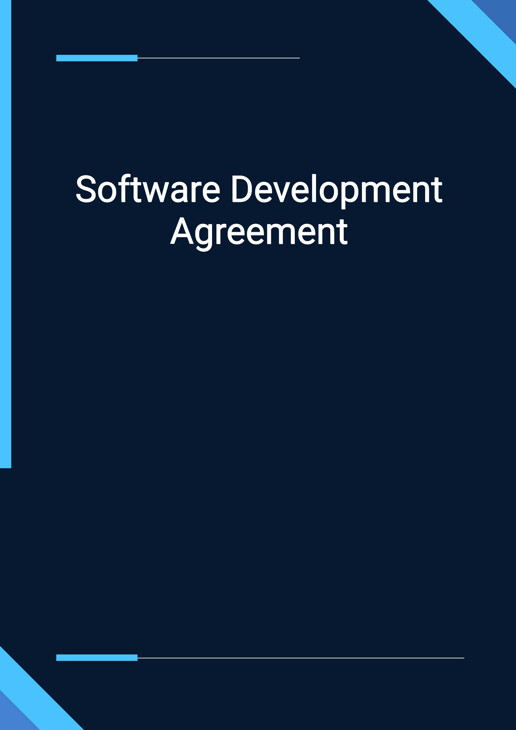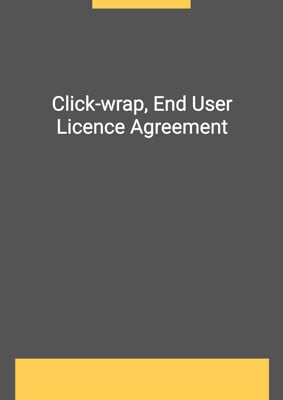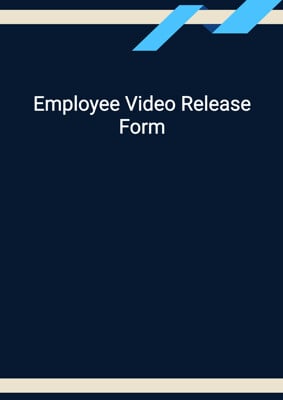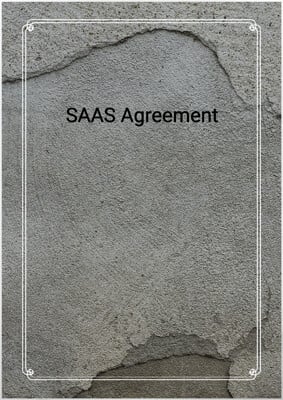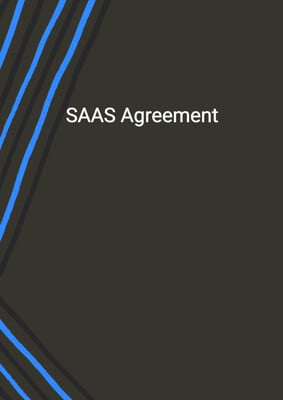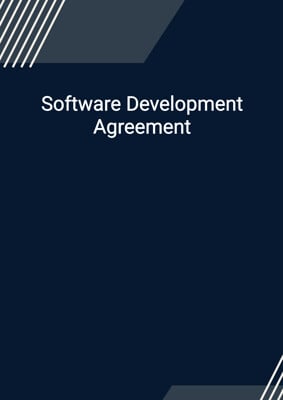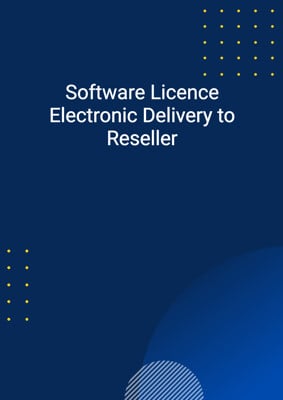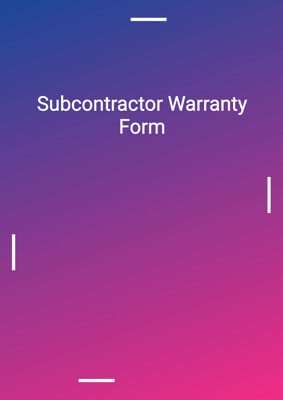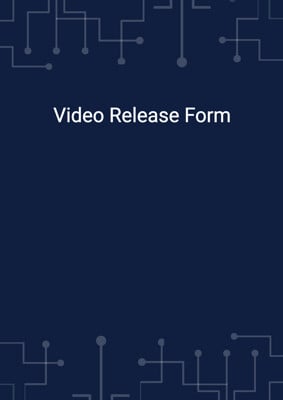How to Tailor the Document for Your Need?
01
Create Document
Fill in the details of the parties. You can click the "Fill with Member’s Information" button to complete it with information saved to your account.
02
Fill Information
Please fill in any additional information by following the step-by-step guide on the left hand side of the preview document and click the "Next" button.
03
Get Document
When you are done, click the "Get Document" button and you can download the document in Word or PDF format.
04
Review Document
Please get all parties to review the document carefully and make any final modifications to ensure that the details are correct before signing the document.
Document Preview
Document Description
The Software Development Agreement is a legally binding document that outlines the terms and conditions between the Developer and the Buyer for the development of software. This agreement is important as it establishes the roles and responsibilities of both parties and ensures that the software development process is carried out smoothly.
The entire document consists of several sections that cover different aspects of the agreement. The first section is the introduction, which provides a brief overview of the agreement and the parties involved. It highlights the fact that the Developer offers software development services and the Buyer desires to retain the Developer for the development of software.
The second section is the description of services, which outlines the scope of work for the Developer. It states that the Developer will serve as an independent contractor to design, develop, and implement software in accordance with the terms of the agreement. It also mentions that the parties will work together to outline the specifications of the software and set expectations for its delivery.
The third section is about change in specifications, which allows the Buyer to request changes to the specifications or other aspects of the agreement. The Developer is required to implement these changes at no additional expense to the Buyer, unless it would result in a delay or additional expense.
The fourth section addresses further development, stating that any upgrades, modifications, or projects beyond the maintenance of the current software will require a new agreement and negotiation of fees.
The fifth section covers compensation, stating that the Buyer will pay the Developer a total fee for software development and maintenance. The payment schedule is outlined in Schedule 2 of the agreement.
The sixth section is about the term of the agreement, which specifies the duration of the agreement and the maintenance period beyond the final delivery of the software.
The seventh section covers termination, stating the conditions under which the agreement may be terminated, such as default by either party or bankruptcy or insolvency proceedings.
The eighth section is about performance and acceptance testing, which requires the Buyer to test the software according to the specifications outlined in the agreement. Any issues that arise during the testing should be communicated to the Developer for resolution.
The ninth section addresses ownership of the software, stating that the software developed under the agreement will be the sole property of the Buyer. The Developer is required to assign all rights, title, and interest in the software to the Buyer.
The tenth section outlines the Developer's obligations, including compliance with directions from the Buyer, compliance with laws and regulations, and carrying out obligations with care, skill, and diligence.
The eleventh section covers the Buyer's obligations, including assistance with software development and obtaining necessary consents in relation to data.
The twelfth section is about warranties, stating that the Developer warrants that the software does not infringe on any third-party copyright. The Developer also agrees to indemnify the Buyer for any copyright infringement claims.
The thirteenth section addresses the independent contractor relationship between the parties, stating that the Developer is acting as an independent contractor and not an employee or agent of the Buyer.
The fourteenth section covers confidentiality, stating that the Developer must keep all confidential information received from the Buyer confidential and not disclose it to any third party without permission.
The fifteenth section is about training, stating that the Developer shall provide training consultations to the Buyer and deliver a user's manual for the software.
The sixteenth section states that no waiver of any provision of the agreement shall be construed as a waiver of any other provision.
The seventeenth section is about severability, stating that the invalidity or unenforceability of any provision of the agreement does not affect the validity or enforceability of the other provisions.
The eighteenth section addresses assignment, stating that neither party can assign its rights and obligations under the agreement without the written consent of the other party.
The nineteenth section states that the agreement contains the entire agreement between the parties and supersedes all prior agreements.
The twentieth section is about governing law and jurisdiction, stating that the parties shall use reasonable endeavors to resolve any dispute amicably and in good faith.
The twenty-first section states that the headings in the agreement are for reference purposes only and do not limit the meaning of any provision.
The twenty-second section addresses counterparts and electronic signatures, stating that the agreement may be executed in counterparts and that electronic signatures have the same authority as original signatures.
The twenty-third section is about notices, stating the methods of serving notices and the addresses of the parties for the purpose of serving notices.
Overall, this Software Development Agreement is a comprehensive document that covers all aspects of the software development process and ensures that both parties are aware of their rights and obligations.
How to use this document?
1. Review the introduction section of the agreement to understand the background and purpose of the agreement.
2. Read the description of services section to understand the scope of work and the expectations for the delivery of the software.
3. Familiarize yourself with the change in specifications section to understand the process for requesting changes to the agreement.
4. Note the section on further development, which states that any additional work beyond the maintenance of the current software will require a new agreement.
5. Review the compensation section and refer to Schedule 2 for the payment schedule.
6. Understand the term of the agreement, including the duration and the maintenance period.
7. Take note of the conditions for termination of the agreement.
8. Pay attention to the performance and acceptance testing section, which outlines the Buyer's responsibilities for testing the software.
9. Understand the ownership of the software and the Developer's obligations regarding assignment of rights.
10. Review the warranties section and note the Developer's indemnification obligations.
11. Understand the independent contractor relationship between the parties.
12. Take note of the confidentiality obligations and the restrictions on disclosure of confidential information.
13. Familiarize yourself with the training provisions and the Developer's obligations to provide training consultations and a user's manual.
14. Understand the provisions regarding governing law and jurisdiction.
15. Note the provisions regarding counterparts and electronic signatures.
16. Understand the methods of serving notices and the addresses of the parties for serving notices.
Please note that this guidance is a summary and does not cover all the details of the agreement. It is recommended to review the entire agreement and seek legal advice if necessary.
Not the right document?
Don’t worry, we have thousands of documents for you to choose from:
